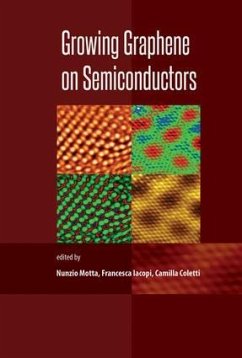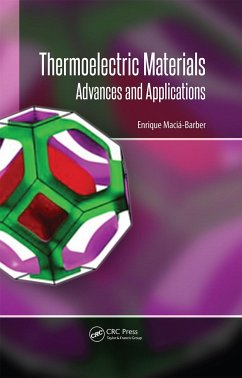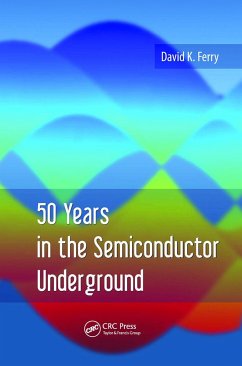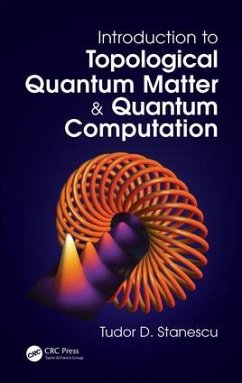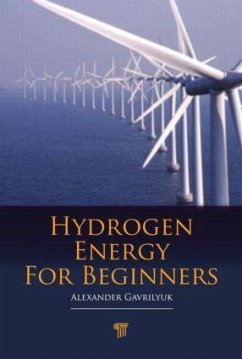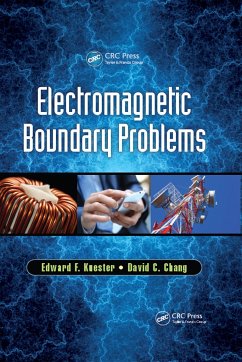
Novel Compound Semiconductor Nanowires
Materials, Devices, and Applications
Herausgeber: Ishikawa, Fumitaro; Buyanova, Irina
Versandkostenfrei!
Versandfertig in über 4 Wochen
176,99 €
inkl. MwSt.
Weitere Ausgaben:

PAYBACK Punkte
88 °P sammeln!
One dimensional electronic materials are expected to be key components for potential applications in nanoscale electronics, optics, energy storage, and biology. Compound semiconductors have been greatly developed as epitaxial growth crystal materials. Molecular beam and metalorganic vapor phase epitaxy approaches are representative techniques achieving 0D-2D quantum well, wire, and dot semiconductor III-V heterostructures with precise structural accuracy with atomic resolution. Based on epitaxial techniques, high-quality, single-crystalline III-V heterostructures have been achieved. III-V Nano...
One dimensional electronic materials are expected to be key components for potential applications in nanoscale electronics, optics, energy storage, and biology. Compound semiconductors have been greatly developed as epitaxial growth crystal materials. Molecular beam and metalorganic vapor phase epitaxy approaches are representative techniques achieving 0D-2D quantum well, wire, and dot semiconductor III-V heterostructures with precise structural accuracy with atomic resolution. Based on epitaxial techniques, high-quality, single-crystalline III-V heterostructures have been achieved. III-V Nanowires have been proposed for the next generation of nanoscale optical and electrical devices.




